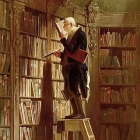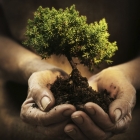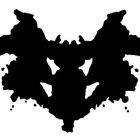What is collage?
Collage means that in the process of painting, in order to obtain unique artistic effects, real objects, such as newspapers, pictures, and so on, are cut into desired shapes according to the design intention and pasted onto the picture. Through the painting itself produced by the texture, contour movement changes, color block contrast echo, change the materiality of the paste, concretely or abstract expression of the author's implication. Collage is inextricably linked with folk paper-cutting and cubism. Cubism broke the traditional concept of modeling and sought new ways of expression. It did not take into account the reality of objects and images, and painted in a way that only connected with its own thoughts. Strive to show all aspects of the same image or the same image changes in a certain period of time. This technique of disassembling and reassembling objects has been further developed into painting drawings and paintings by attaching newspapers, wrapping paper, thin boards, glass, and strips of cloth, which have nothing to do with the subject of the painting. This method created a new concept of independent creation by subjective attainments rather than relying on objective objects. George Brack, one of the representatives of Cubism, was the first to introduce ready-made materials such as newspapers into painting. The Violin and the Pipe was created in 1913 using a combination of newspaper, wallpaper collage and charcoal techniques. It not only highlights the picture, but also uses the overlapping of different materials to imply a sense of space. Collage is not a unique art form of modern painting. Early Italian church paintings are excellent examples of the use of background color to combine glossy color materials with gold leaves to express the aesthetic feeling of materials. The magnificence of the gold leaf was enhanced by making relief designs on the plaster base, polishing the gold leaf, or occasionally embellishing it with the precious gem jade. These religious works, which combine painting pigments with gold leaves, inspired Klimt's exploration of synthetic materials. He made a dreamlike stylized arrangement of rhythmic patterns formed by embossed gold leaves and gold paint, and combined this arrangement with the curves, dynamics and graceful human shapes, as shown in Figure 47. In order to achieve novelty and fashion, Klimt pursued the metaphorical nature of decoration, inlaying marble, gold and silver foil, copper, coral, mothering and other materials into his oil paintings, which greatly enriched the expressive features of modern oil paintings.





















Join the Discussion